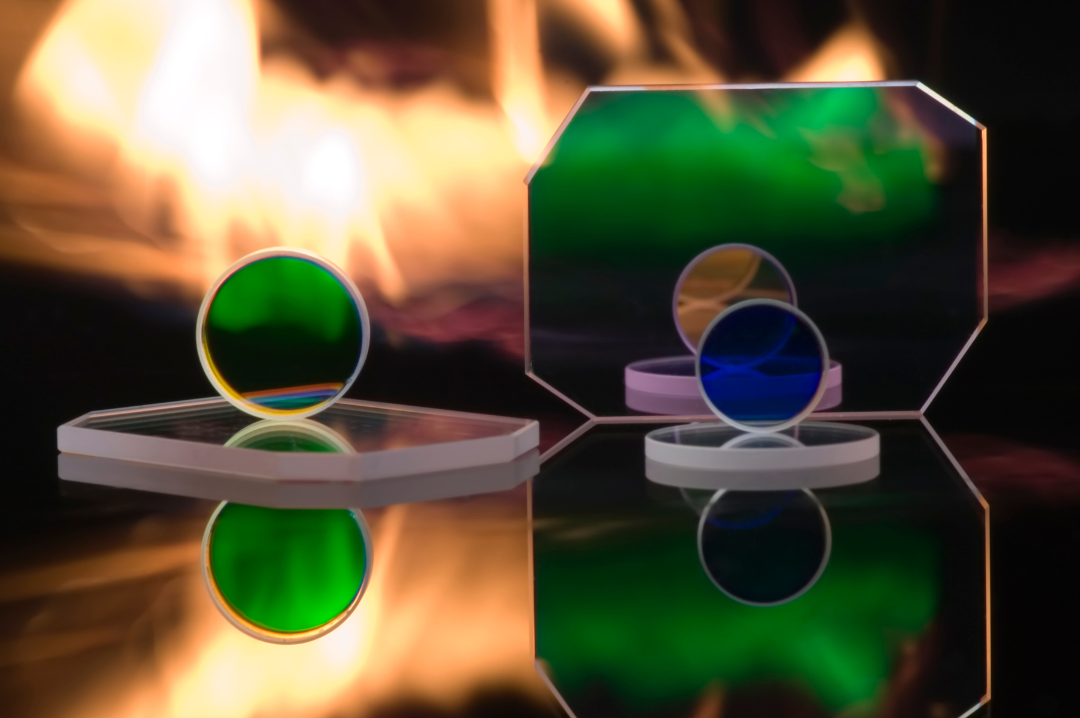
What’s the difference between absorption and interference filters?
Absorption filters and interference filters can have seemingly similar results – such as passing only a particular colour of light for use in photographic and cinematic applications.
It’s not unusual for a scientific product to be known by two different names, but that’s not the case here. Absorption filters and interference filters are two very different things.
Envin Scientific’s range of optical filters includes absorption filters and interference filters with a wide range of different characteristics and capabilities. We can also design and manufacture high-performance bespoke optical filters to customer specifications.
Absorption Filters
Absorption filters work by absorbing the unwanted wavelengths of light. They can be made in a variety of ways, typically by depositing layers on to a substrate to build up the desired characteristics.
Other options include dyed glass, lacquered gelatin and synthetic polymer filters. The important thing is the outcome: a specific bandpass of light, with the undesired wavelengths absorbed by the filter.
Absorption filters are found in many common applications, such as traffic signals, as well as indicator lights on cars, planes and boats. They can also be used on camera lenses to achieve specific photographic effects.
Quality is an important consideration in absorption filters. The transition edge must be as steep as possible, to avoid a situation where some frequencies are only partially absorbed.
Envin Scientific supply absorption filters, including bespoke optical filters, that meet demanding specifications on transition edges, filter thickness, high transmission of desired output, and so on.
Interference Filters
The difference with interference filters is that instead of absorbing the unwanted wavelengths, those frequencies are reflected and destructively interfered.
Another name for interference filters is ‘dichroic filters‘ – literally ‘two colours’ – and that’s because these filters can take on a two-tone effect with one side showing the transmitted light colour, while the other side shows the reflected light.
Because the wavebands are mutually exclusive, these two colours are typically opposite one another on the colour wheel, e.g. blue and yellow or green and magenta, unless some other property of the light or the filter has an additional effect.
Dichroic filters often fall into one of several main categories:
- Short pass
- Long pass
- Bandpass
- Notch filters
As the names suggest, these relate to filters that pass short wavelengths, long wavelengths, broader bands of multiple wavelengths, or have a very narrow ‘notch’ effect on the incident light.
Custom Absorption and Interference Filters
Designing custom absorption and interference filters allows us to meet specific needs for our customers, in a high-quality and fully tested product.
For example, we can cement or laminate multiple filters together to achieve more complex outputs, combined with thin-film coating to add further characteristics to the final filter.
To find out more, or to discuss what you need for an upcoming project, please contact Envin Scientific today. We will be happy to talk through what you need, and all enquiries are welcome, whether you’re a new or returning customer, or you just want a second opinion on whether we can produce what you need.

